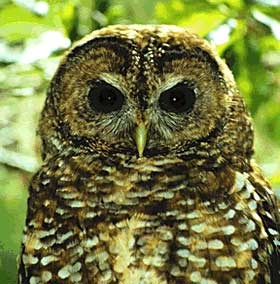
The old growth forest of Muir Woods represents a fragmented island of the redwood stands that existed 150 years ago. Muir woods is now the last remaining contiguous stand of old growth coast redwoods in Marin County. The abundance of birds and periods of song vary with time of day, season, and weather conditions. Where are all the birds?Some visitors remark that they saw fewer birds than expected in this kind of forest. There are several explanations for this:
Want to watch birds in the woods?Anyone can observe birds! While equipment like binoculars can be helpful, you don’t need them. Of course, please remember to always stay on trail during your visit to not damage habitat. To find a bird:
Once you see or hear a bird, notice the:
We thank the many birdwatchers who have contributed their observations to the Park and invite you to also do the same. For local reports on recently spotted birds - and to contribute your own - check out the information about Muir Woods bird sightings on INaturalist, a platform where the public can submit wildlife and plantlife observations. |
Last updated: December 25, 2024
